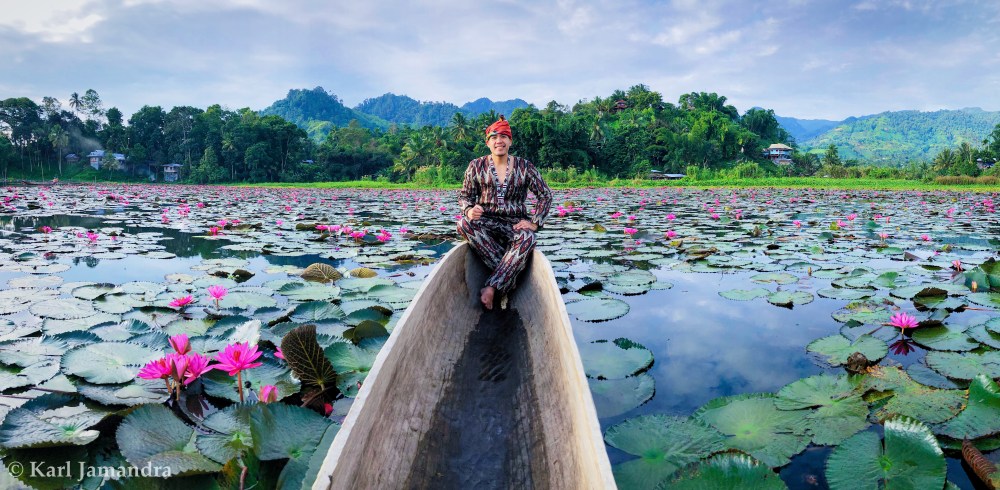
One of the prime destinations in the whole region of SOX (shortcut for SOCCSKSARGEN, which stands for the provinces of South Cotabato, Cotabato, Sultan Kudarat and Sarangani and the city of General Santos) is the mystical town of Lake Sebu.
To avoid confusion, I must mention that Lake Sebu doesn’t just refer to the body of water that provides irrigation to the provinces of South Cotabato and Sultan Kudarat. It also pertains to the municipality where the tribes of T’boli and Ubo thrive, the former being known for their dream-inspired T’nalak weaving.
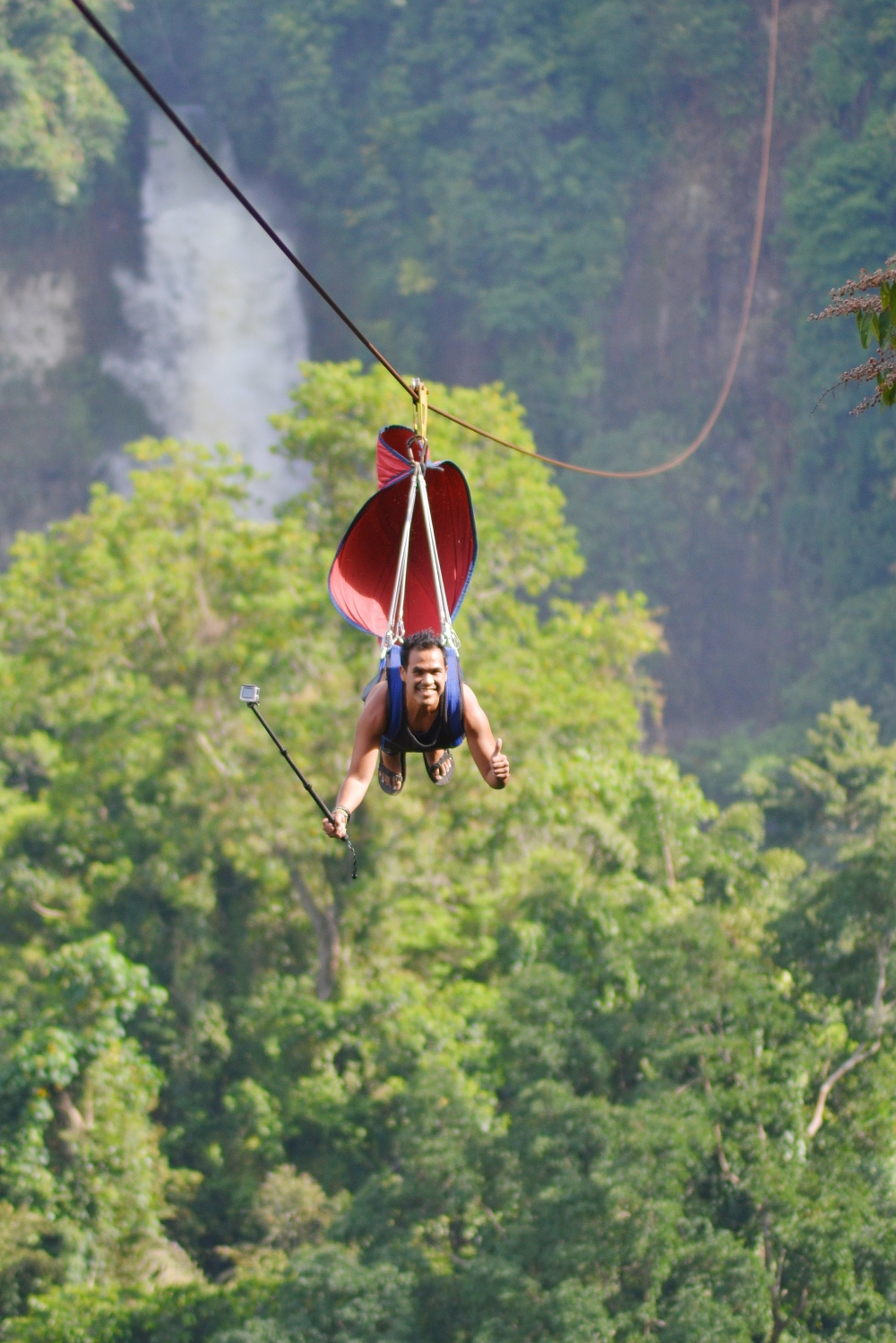
When I first set foot in Lake Sebu back in October 2016, I got to experience myself the amazing blend of tranquility and adventure that I was searching for. The highlight of my trip back then was riding the zipline overlooking Lake Sebu’s 7 Waterfalls! It was such an awesome experience I can still clearly remember how it felt like during that time! Aside from the said adrenaline-pumping activity, I also got to visit the T’boli Museum, the late Lang Dulay’s workshop at the Manlilikha Bayan Center (now called Lang Dulay Weaving Center) and the Lake Sebu itself. You may choose to read my adventure back then in Lake Sebu along with trip to Maguindanao in this post.
This blog will focus on my recent trip to Lake Sebu, featuring the gorgeous lakes of Sebu and Lahit, the gorgeous waterfalls of Hikong Alo and Hikong Bente, as well as the wonderful people of the T’boli tribe, especially their dream weavers.
How to go to Lake Sebu:
First and foremost, let’s find out how you can go here in Lake Sebu. I’ve detailed how you can go here if you’re coming from Cotabato City or Maguindanao in my blog post before. Now, let’s learn how you can go here if you’re coming from General Santos City.
Remember that if you’re coming outside of Mindanao, the easiest way to go to Lake Sebu is from General Santos City. Book a flight from Manila to GenSan. From the airport, head to the General Santos City Bus Terminal and ride the van or bus going to Lake Sebu. If there are no direct travel from GenSan to Lake Sebu, ride the van going to Surallah, then from Surallah, ride the van going to Lake Sebu. In the terminal, habal-habal drivers who also serve as tour guides will approach you. Tell them where you intend to stay and what type of tour you intend to do.
What to explore in Lake Sebu:
LANG DULAY WEAVING CENTER – Home of the Finest Woven T’nalak Cloth
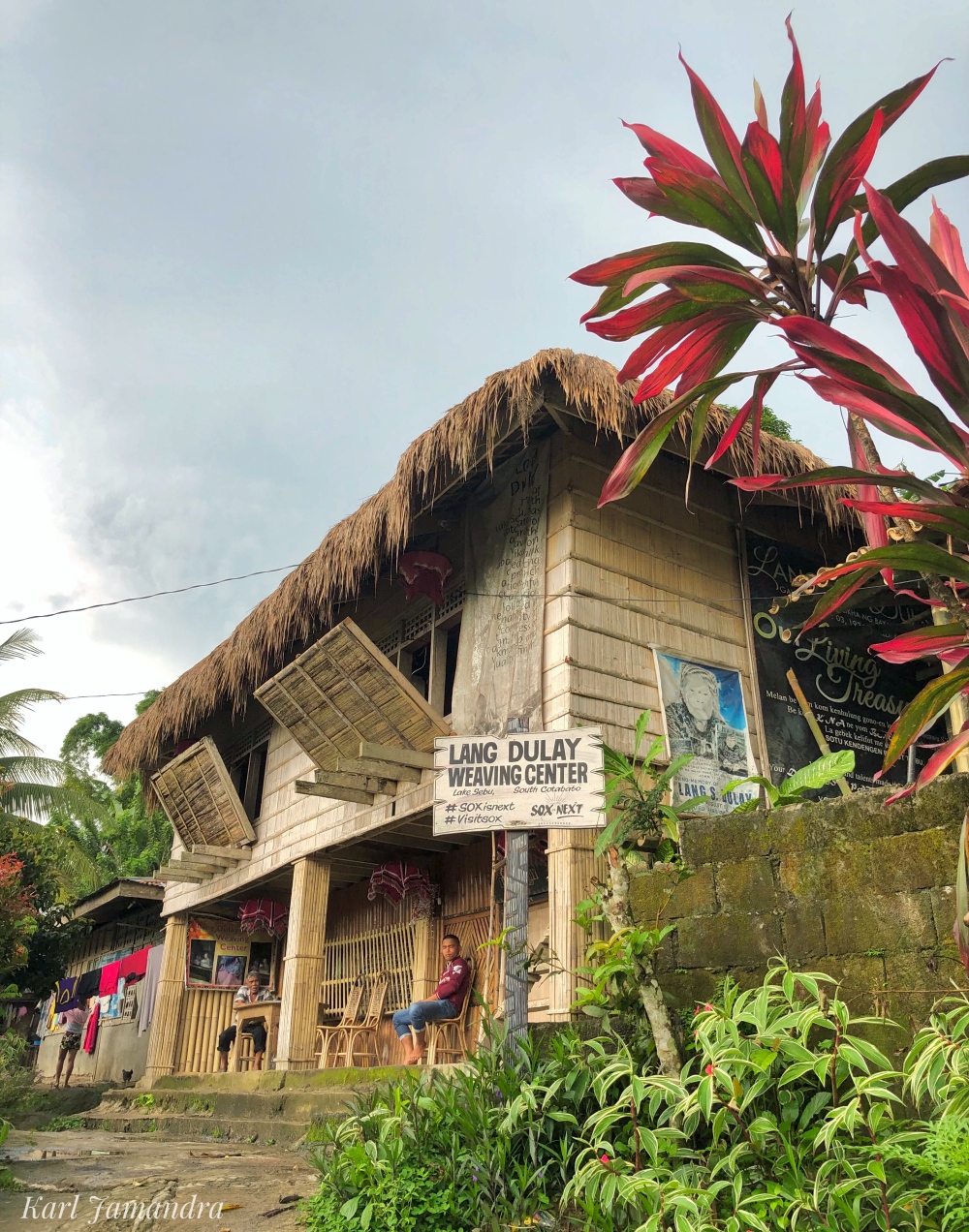
Lang Dulay Weaving Center is the place where National Living Treasure awardee Lang Dulay used to weave her dream-inspired designs on the hand-woven, abaca-made cloth called T’nalak. Before passing away in 2015, Lang Dulay was able to pass on her knowledge and taught her family about T’nalak weaving. Amongst the people she taught was her daughter-in-law Sebulan Dulay, wife of her lone surviving son.
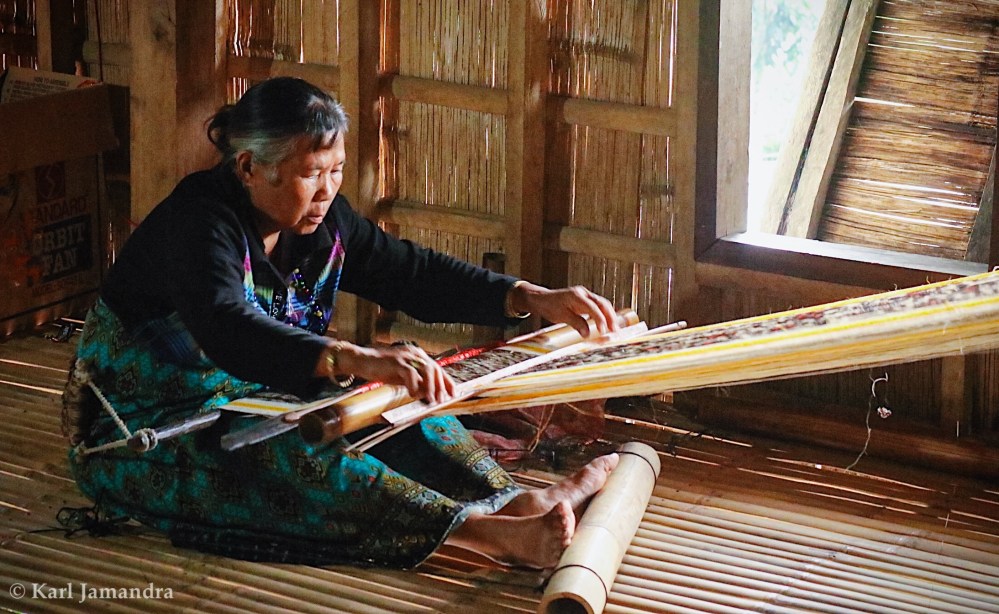
During our visit, Sebulan Dulay graciously showed us how the T’boli dream weavers make the T’nalak. While marveling at her creations, her family offered us South Cotabato’s native coffee, which is infinitely more delicious than any instant coffee being sold in the market. You have to try it while visiting!
T’NALAK: THE AMAZINGLY BEAUTIFUL WORK OF THE T’BOLI DREAM WEAVERS
By far the most interesting place we were able to visit during our recent trip to Lake Sebu is the Lang Dulay Weaving Center. It was my second time there, but I still got to learn a lot about the T’boli dream weavers thanks to our great tour guide who happens to be a T’boli as well. He’s able to speak the native language, which means he’s able to relay to us lots of information being told by Sebulan Dulay and her family about the process of their dream weaving.
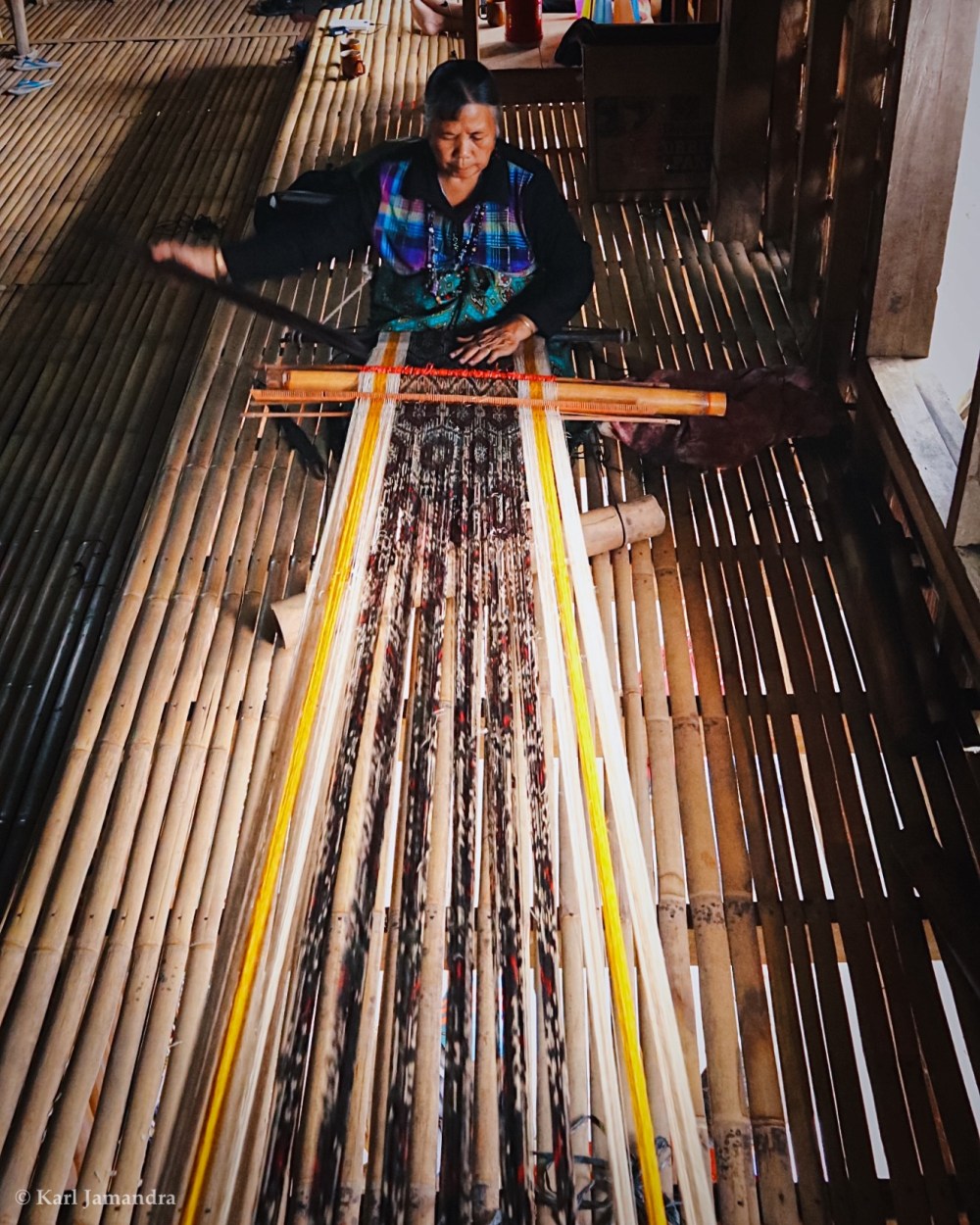
Lang Dulay, the original dream weaver, is said to have dreamt of about a hundred designs that she used for the t’nalak when she was still alive. Story has it that Fu Dalu, the T’boli god of abaca, would visit her dreams and show her intricate designs that she would be using for her weaving. Once she had started to work, she shall not be disturbed especially by her husband, to successfully create what she has dreamt of.
As Lang Dulay has passed on her knowledge and skills to her family before passing away, it is now up to her daughters and granddaughters to continue the tradition of t’nalak weaving. May the spirit of Fu Dalu visit them in their dreams and inspire them to make more designs and create more beautiful works of art.
LAKE SEBU
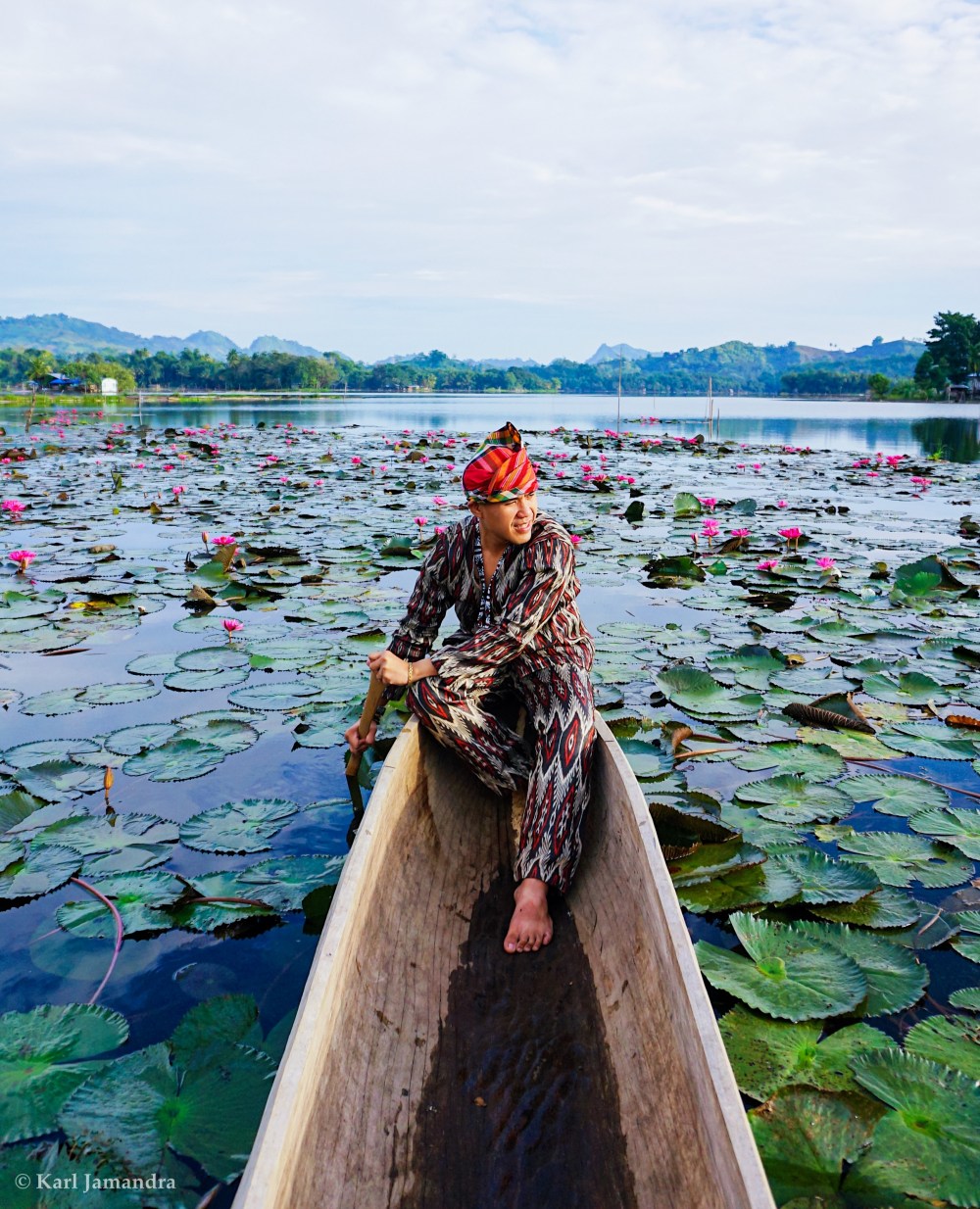
Definitely a must-visit when touring Lake Sebu, its namesake lake is a beautiful tourist destination. Ride the local boat and wear their traditional costume while marveling at the lake’s pretty lotuses and water lilies!
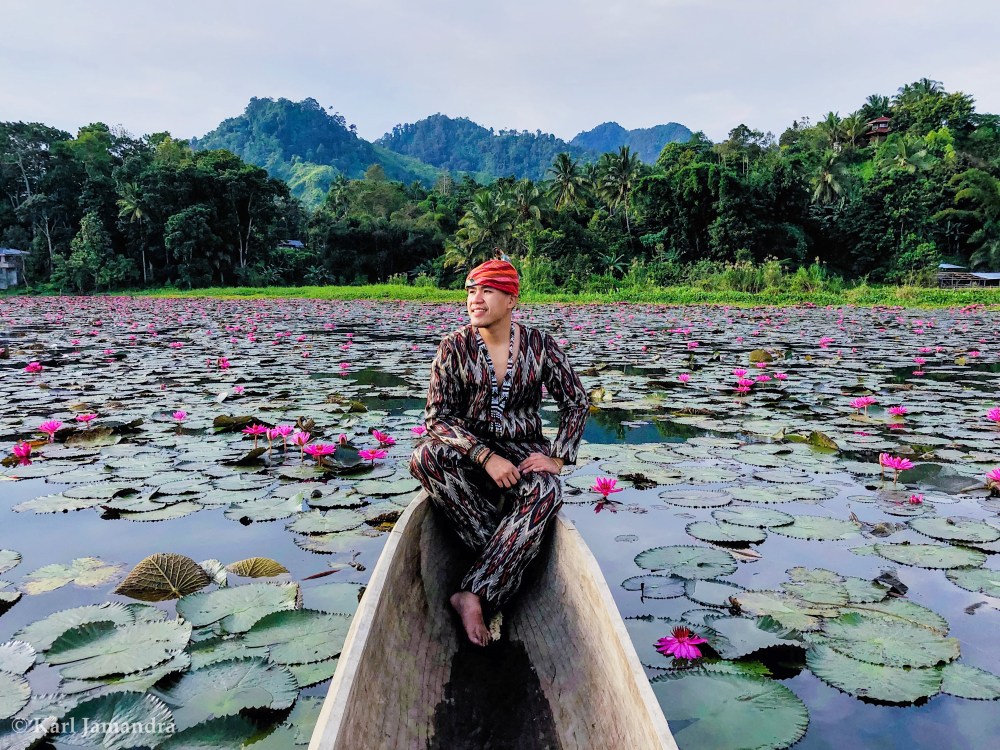
Make an arrangement with your local tour guide about your visit here. Make sure you wake up very early in the morning to catch the flowers open! They close as the day approaches noontime.
LAKE LAHIT
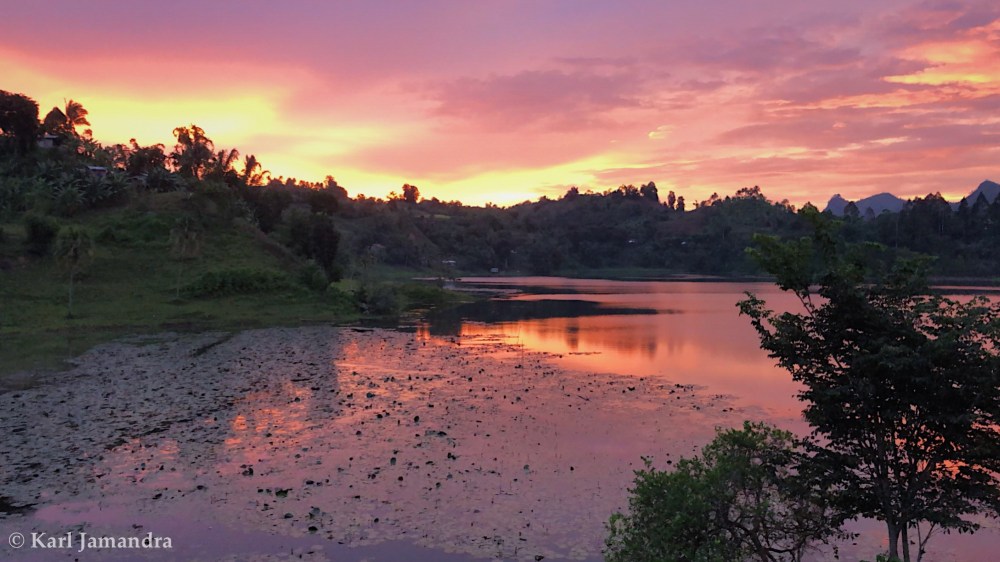
Among the three lakes in Lake Sebu, the 24-hectare Lake Lahit is the smallest. Regardless, it still is a sight to behold, Best time to go here would be during sunset.
HIKONG ALO
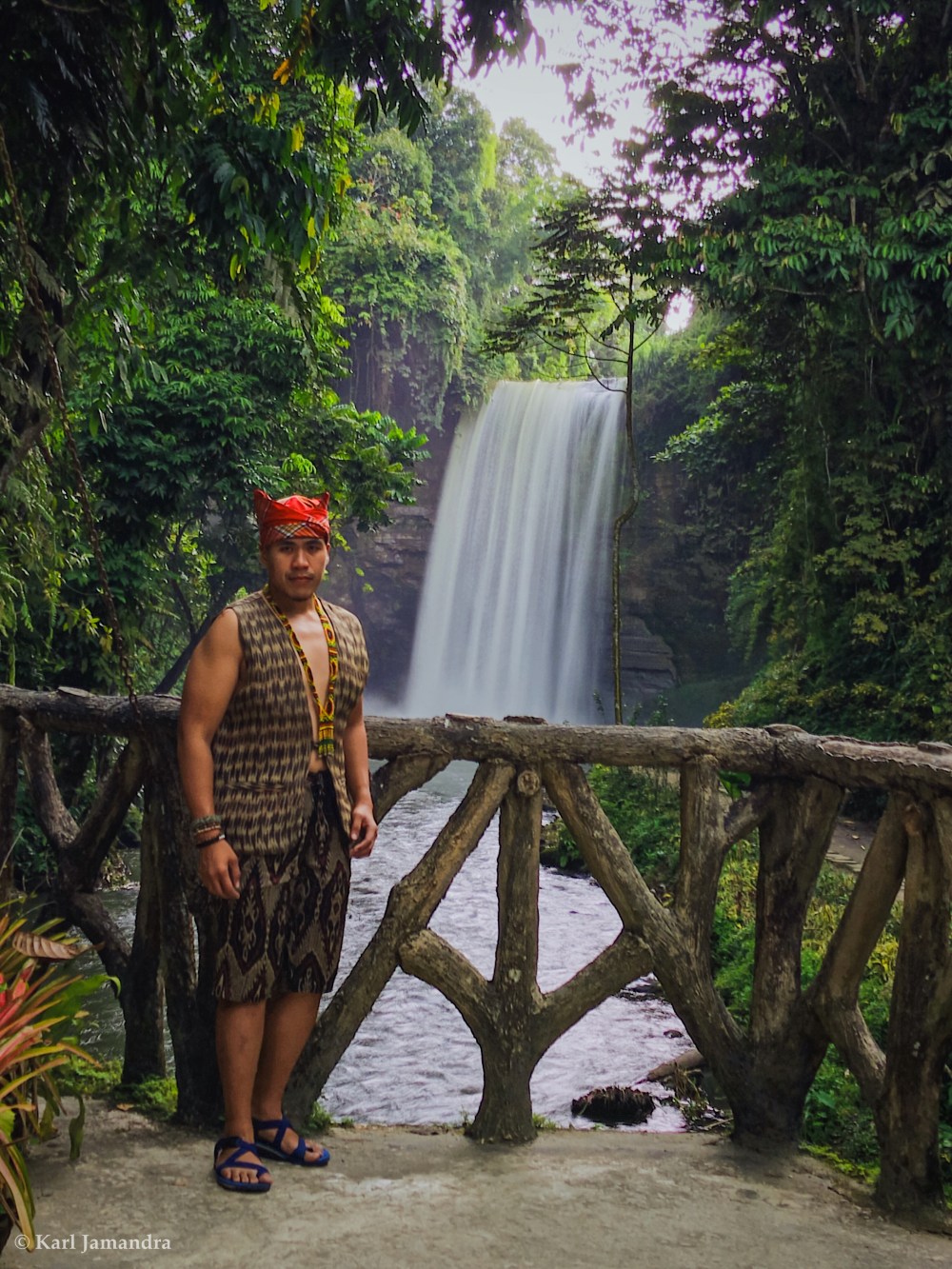
The most visited waterfall among the 7 Waterfalls of Lake Sebu, Hikong Alo means passage. It is the most accessible, too, as it would only take about 10 minutes of walking from the entrance of the 7 Waterfalls. A small store is located near Hikong Alo, and it is also where you can rent a costume depicting the T’boli tribe.
HIKONG BENTE
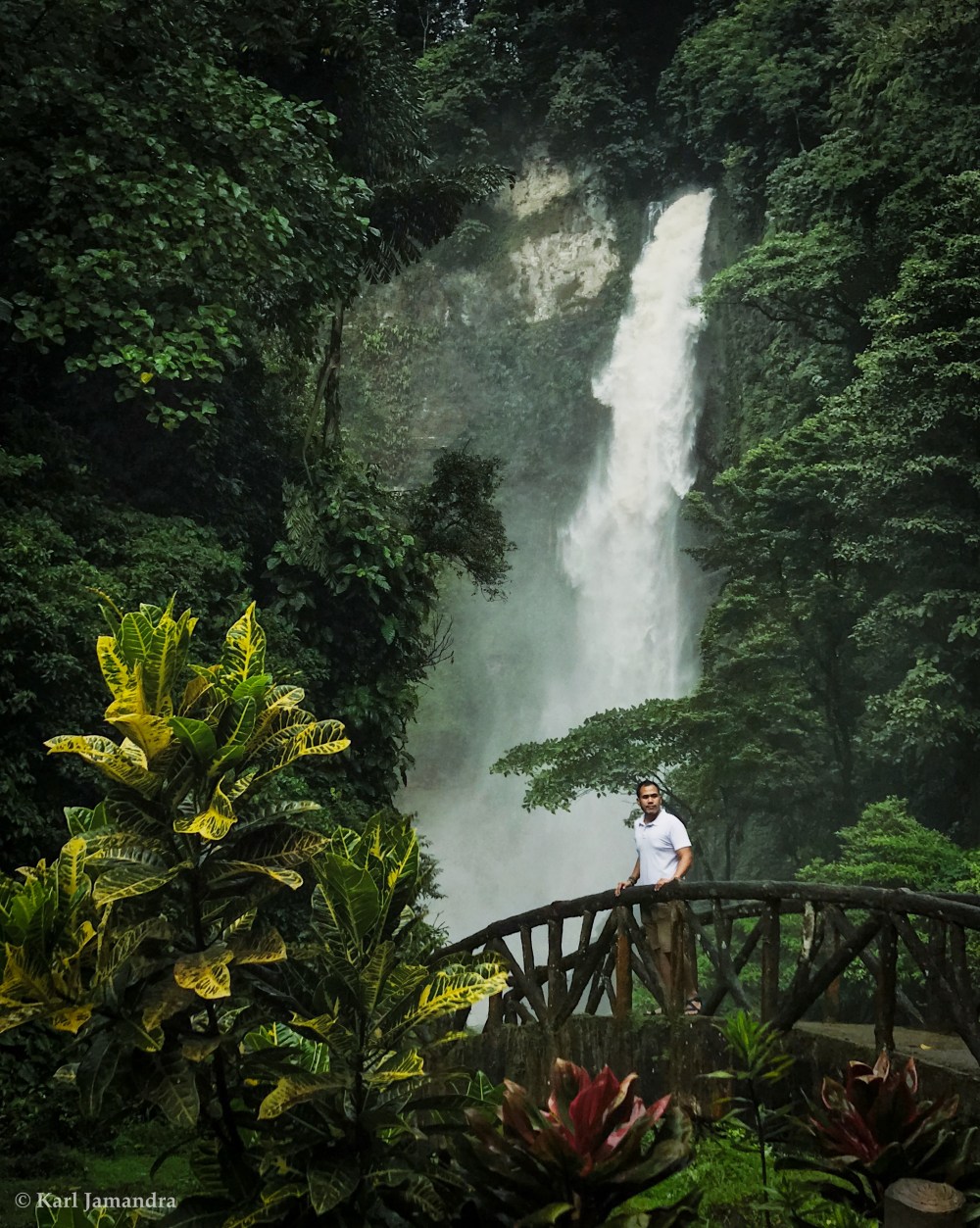
The highest and the largest among the 7 Waterfalls of Lake Sebu, Hikong Bente means immeasurable, as it was deemed by the T’boli elders to be very difficult to measure. Going to Hikong Bente is relatively easy because of the cemented steps constructed on the trail, but it gets more slippery as you go nearer this body of water. The rush of water coming from the falls is too powerful it sends immediate splashes across the surrounding areas.
Where to Stay in Lake Sebu:
LAKE SEBU’s SCHOOL OF LIVING TRADITION (SLT) and HOMESTAY
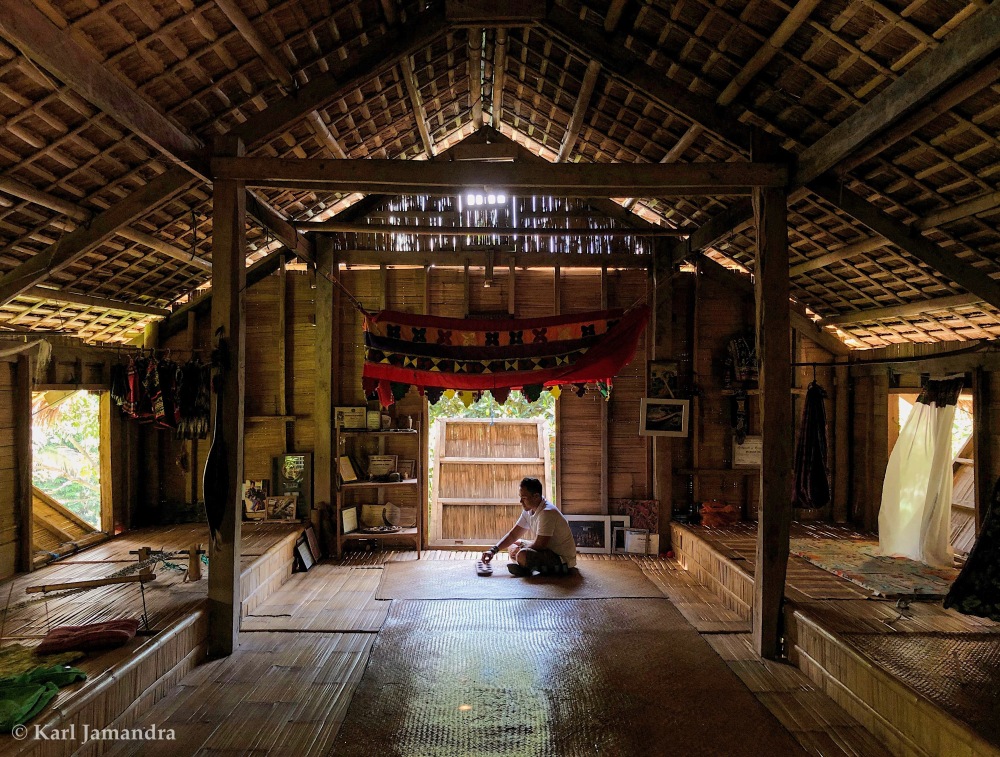
If you’re looking for a great place to stay in Lake Sebu without spending too much, then the best place to go to is the School of Living Tradition and Homestay. Aside from offering an affordable stay (P350 per night, with breakfast), it has a homey atmosphere that resembles that of the traditional T’boli home. SLT was founded by Maria “Oyog” Todi, who was so gracious during our entire stay in Lake Sebu. Our tour guide said that Nanay Maria is one of the masters in the community, who upholds the T’boli culture and tradition. She is said to teach students about arts and crafts in the school, which is actually filled with musical instruments, pictures of Lake Sebu and its people. During the night of our stay, her students played a few songs to soothe us all her visitors while we were resting. To cap off that musical night, she also played a wistful song in her guitar.
SLT’s contact number: 0935-456-9359
Who to Contact in Lake Sebu:
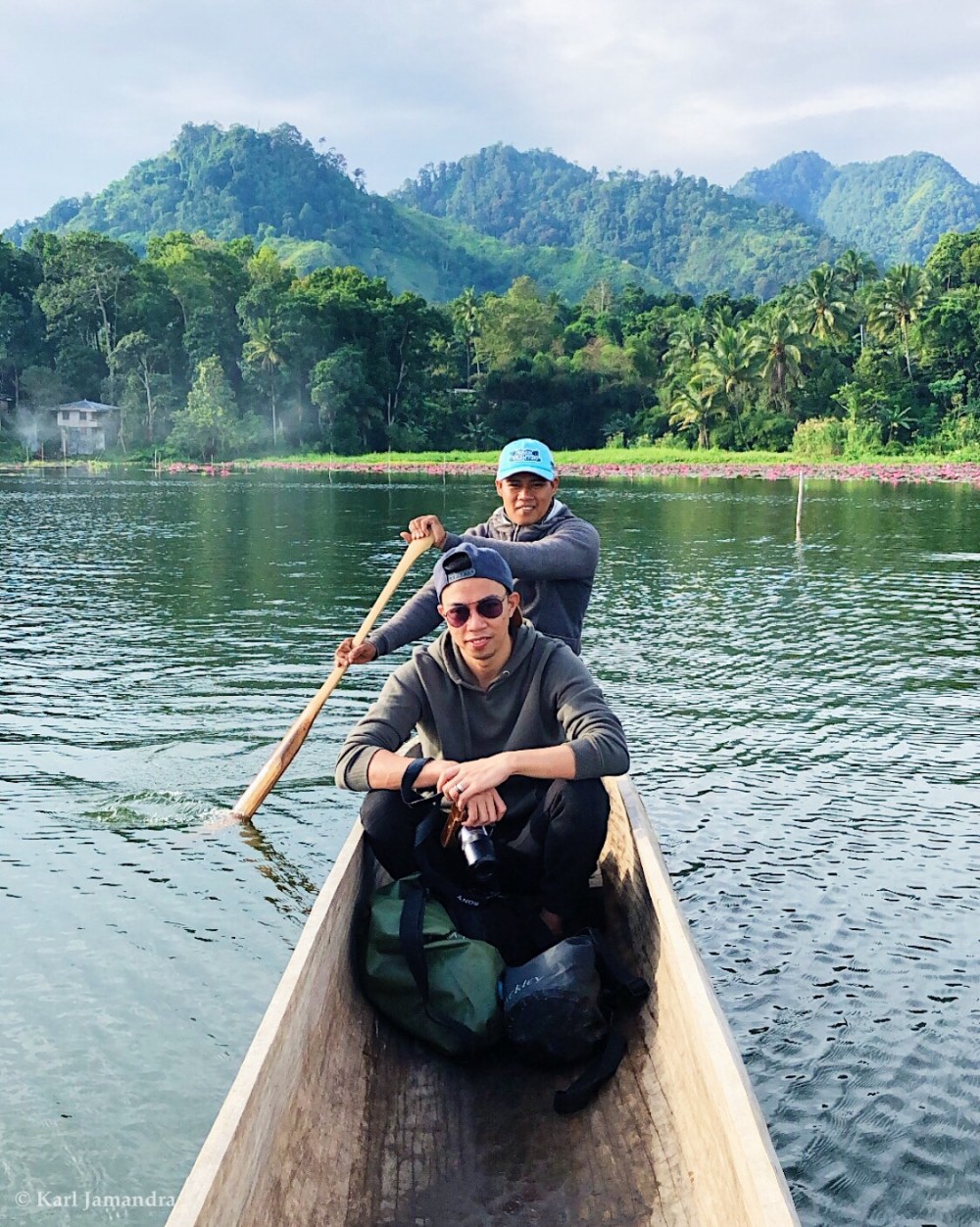
I highly recommend Kuya Jeffrey Katin, our tour guide during our stay in Lake Sebu, should you decide to visit. He is a true-blooded T’boli, who knows the ins and outs of the community. He’s able to guide us well while touring around. His number is 0926-598-3935.
Sample Itinerary for Lake Sebu for 2 Days and 1 Night:
DAY 1
7 AM – Go to the transportation terminal in GenSan. Ride a van en route to Lake Sebu. If there is no van going straight to Lake Sebu, you may ride the van to Surallah. From Surallah, ride another van going to Lake Sebu.
Travel to Lake Sebu may take about 2 hours. It would mostly depend on how long the van will be filled with people.
10 AM – ETA in Lake Sebu. Once in the terminal, look for a habal-habal driver that would serve as your tour guide in Lake Sebu.
You can either choose whole day tour or half day tour. For a whole day tour (P750 – solo or 2 pax), you can travel to 6 destinations in the whole Lake Sebu area. For half day tour (P500 – solo or 2 pax), you can travel to 4 destinations. If you haven’t decided yet, you can ask your tour guide to drive you towards your accommodation in Lake Sebu so you can settle your things before exploring the place.
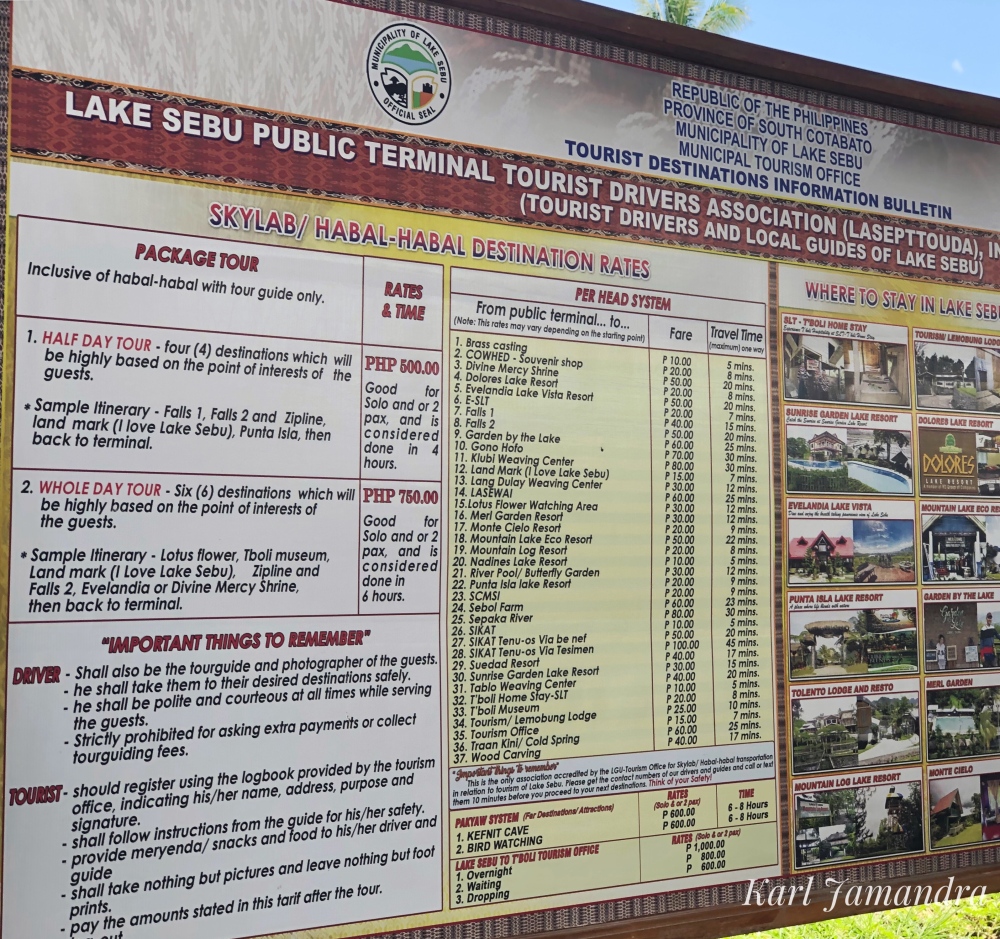
10:30 AM – Ask the owner of the homestay/ inn/ hotel if you can have an early check-in. If you can, settle your things in your room. You may choose to have early lunch before heading out again.
11:30 AM onwards – Ready yourselves for an adventure in Lake Sebu!
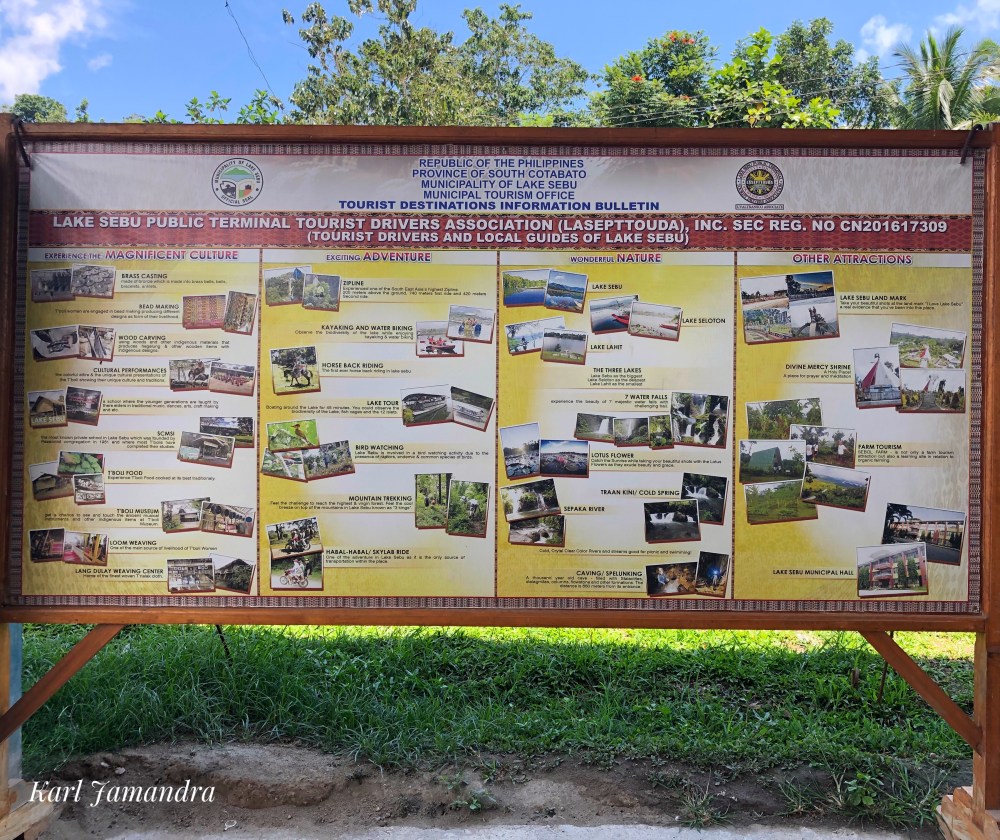
KO’s SUGGESTION: For a whole day trip, I would suggest the following travel destinations: Falls 1 (Hikong Alo), Falls 2 (Hikong Bente) and zipline, T’boli Museum, Lang Dulay Weaving Center and Lake Lahit. Make an arrangement with your tour guide if you can just have your 6th and last destination for your tour early in the morning the next day.
Day 2
5 AM – Head to Lake Sebu using the traditional T’boli boat. Wait for the sun to rise so the lotuses would open up.
7:30 AM – Head back to homestay and eat breakfast.
8:30 AM – Freshen up and prepare your things.
9:30 AM – Check out.
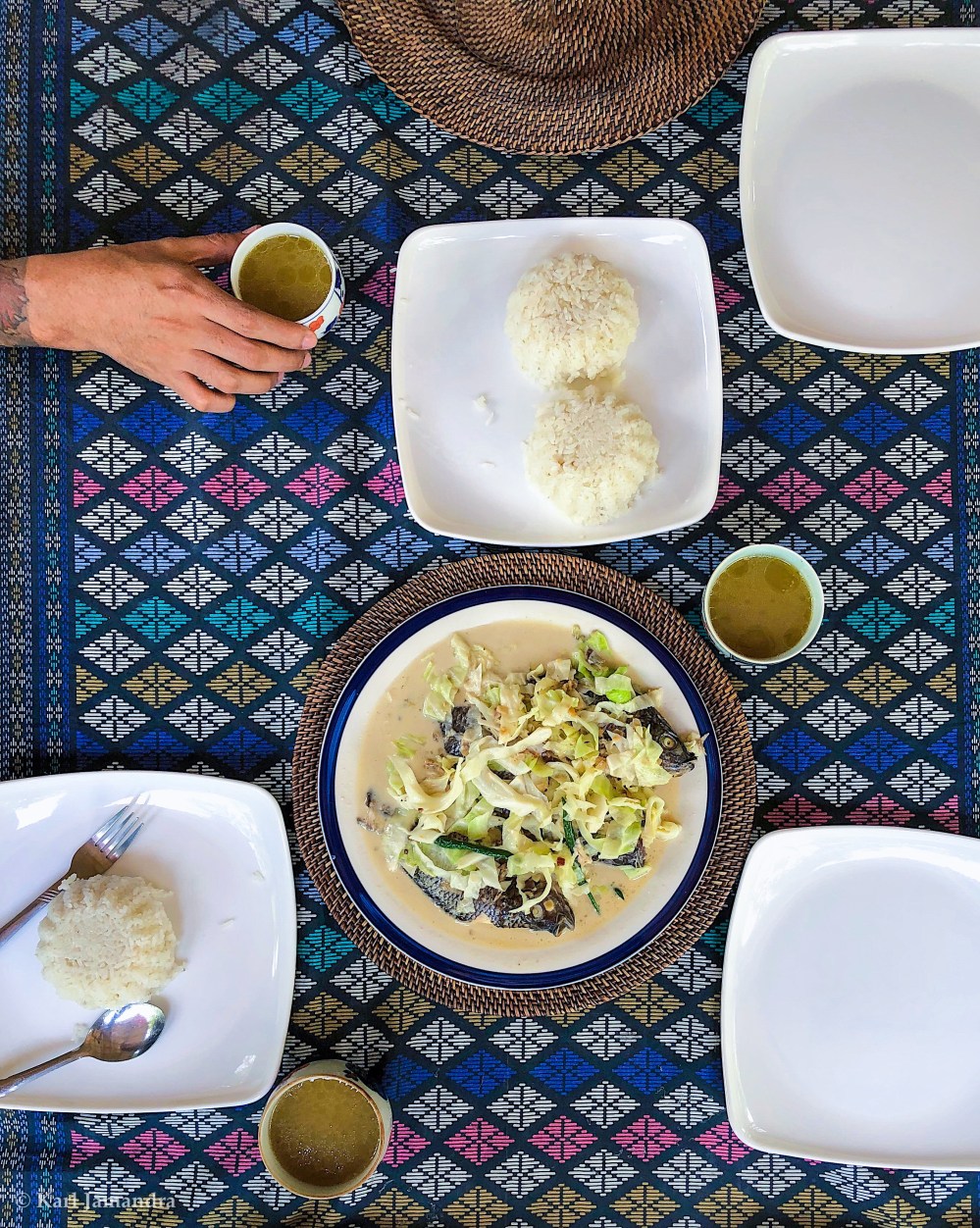
Lake Sebu Travel Expenses
Now, let’s take a look at how much we have spent during our stay in Lake Sebu for 2 days and 1 night.
- Van from GenSan to Lake Sebu – There are now direct routes from General Santos City to Lake Sebu. One way costs P150 for vans from Bulaong Terminal to Lake Sebu terminal.
- Whole day tour – This consists of 6 destinations. As we started our tour after lunch, we asked our tour guide if we can take a half day tour that day and a certain place to visit during the sunrise the following day. This costs P750 for a group of two.
- SLT Homestay – This consists of an overnight stay with free breakfast. It costs P350. It should be reminded that you would be sleeping together with other visitors in a big room, just like a dormitory.
- Lunch and dinner – We chose to ate in SLT during our stay in Lake Sebu. There’s ginataang tilapia and chicken adobo, together with cups of rice to fill up our tummies! We were three in the group, and we paid P210 each for the food.
- Tribal costume rental fee – As I wanted to wear a T’boli costume during our visit in Lake Sebu, I had to rent one in our homestay. Thankfully, they have an available costume that costs P150 to rent!
- T’nalak woven cloth – Aside from getting to have a much-coveted dream weaver’s cloth, buying the T’nalak would help the dream weaver’s family and community by purchasing. One meter of t’nalak costs P800. Minimum purchase of 3 meters.
- 7 Falls Entrance Fee – Before heading to Hikong Alo, Hikong Bente and the 7 Falls Zipline, you have to pay P20 for the entrance fee
- Native costume rental fee in Hikong Alo – This one costs P50.
TOTAL EXPENSES IN LAKE SEBU: P2,095
Not bad for having a great time in Lake Sebu, right? If you want to go and try the zipline overlooking the 7 Falls, you may do so! Just prepare an additional P350 (or more if you’re availing their service of taking your pictures while in the zipline). I can still remember that it was only P250 during my travel here back in 2016, so aim to avail it when you can before it gets higher!
***
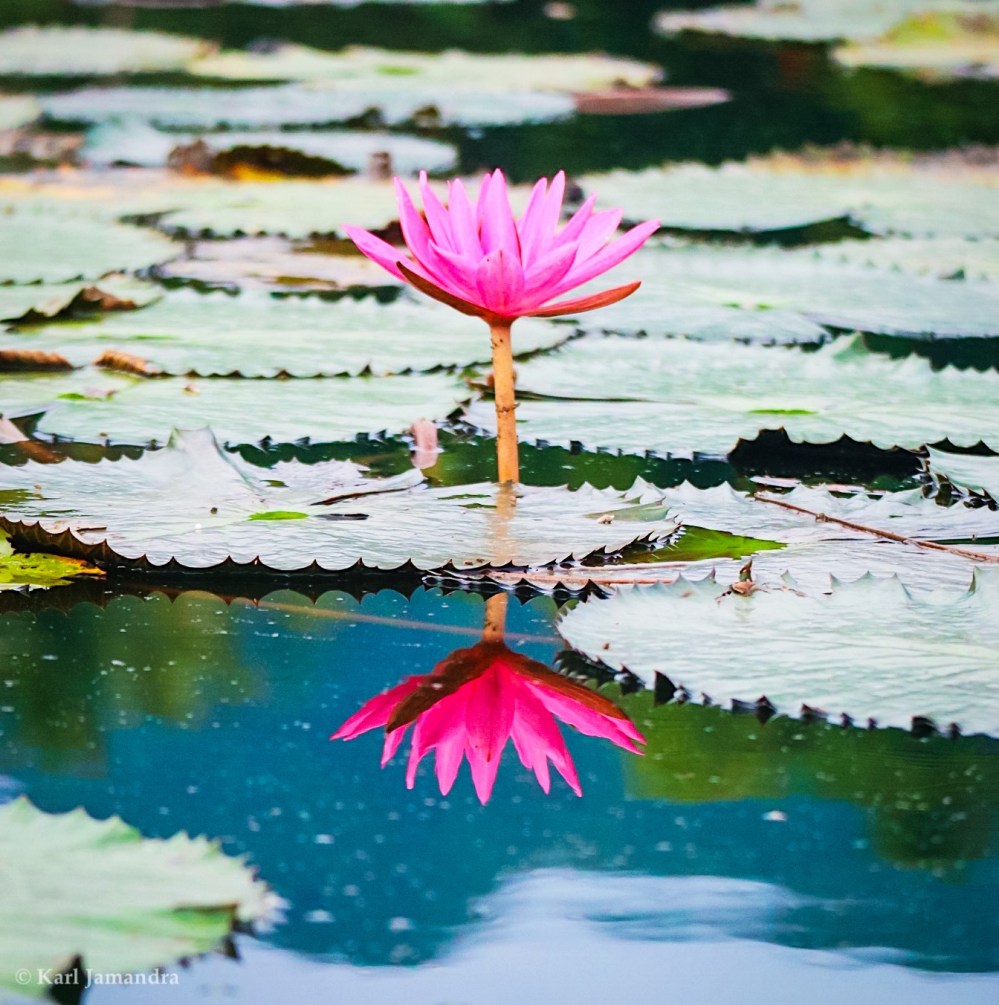
I hope you were able to learn a lot about Lake Sebu and its people in this blog! Find a way to visit and experience the beauty and wonder of this marvelous place in South Cotabato!